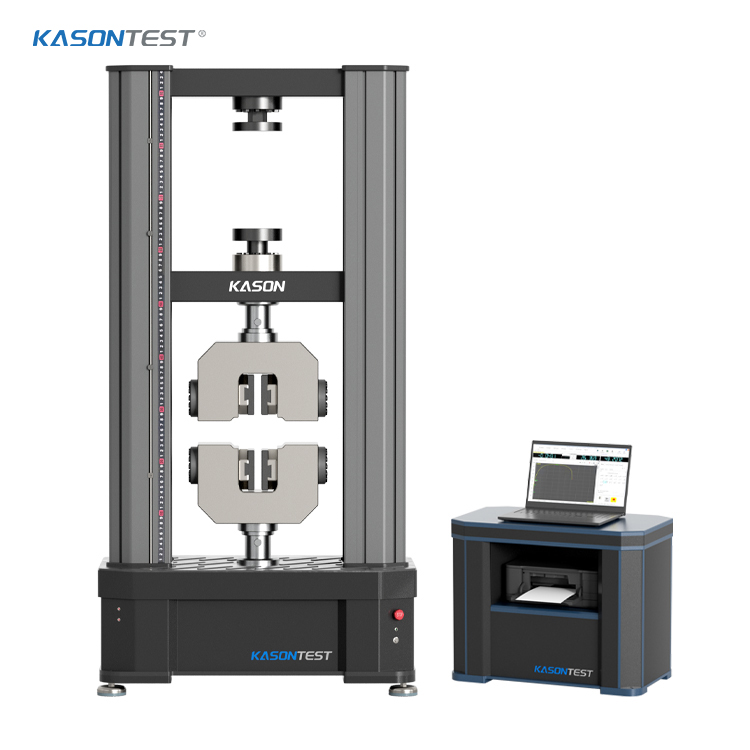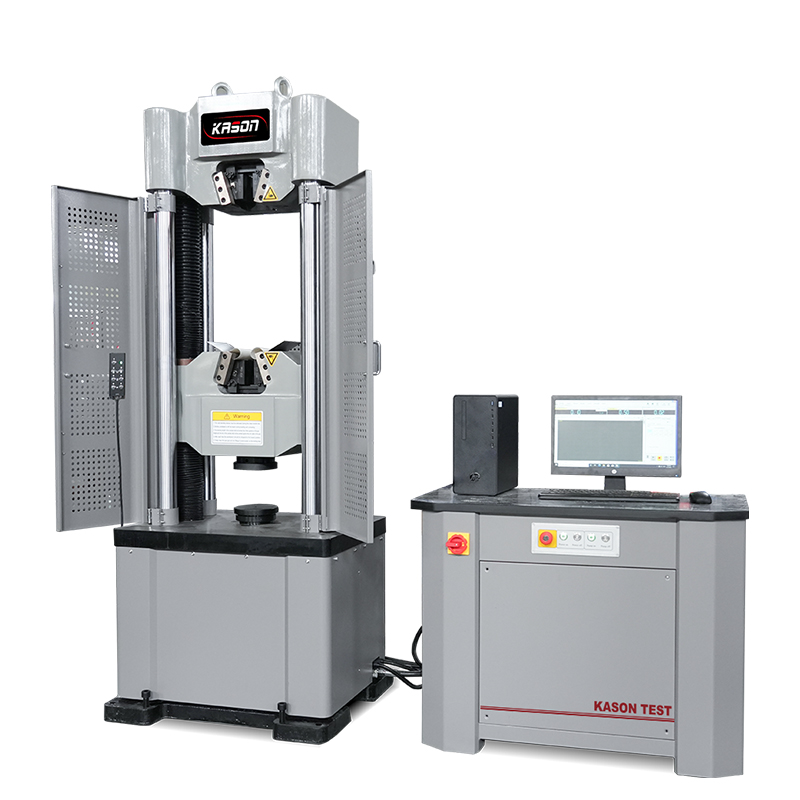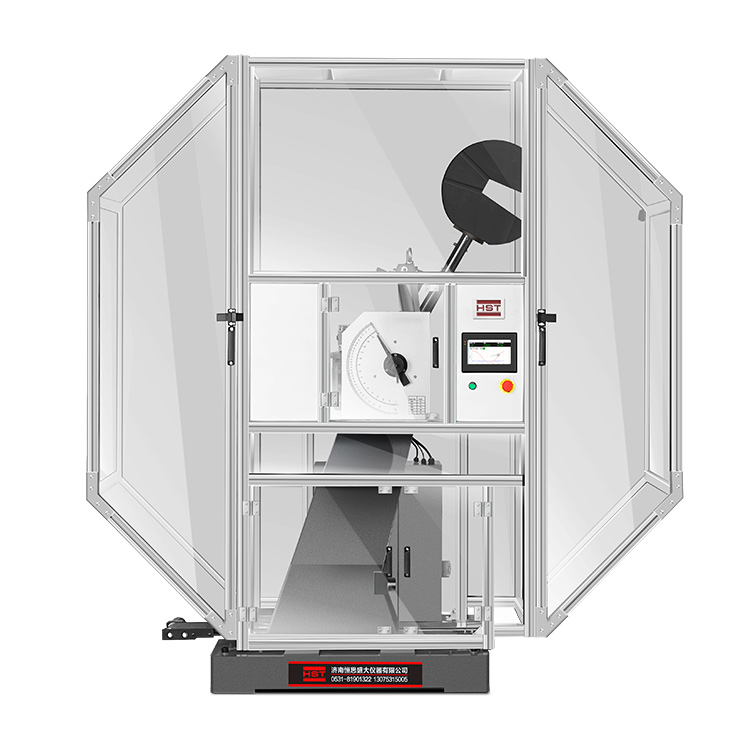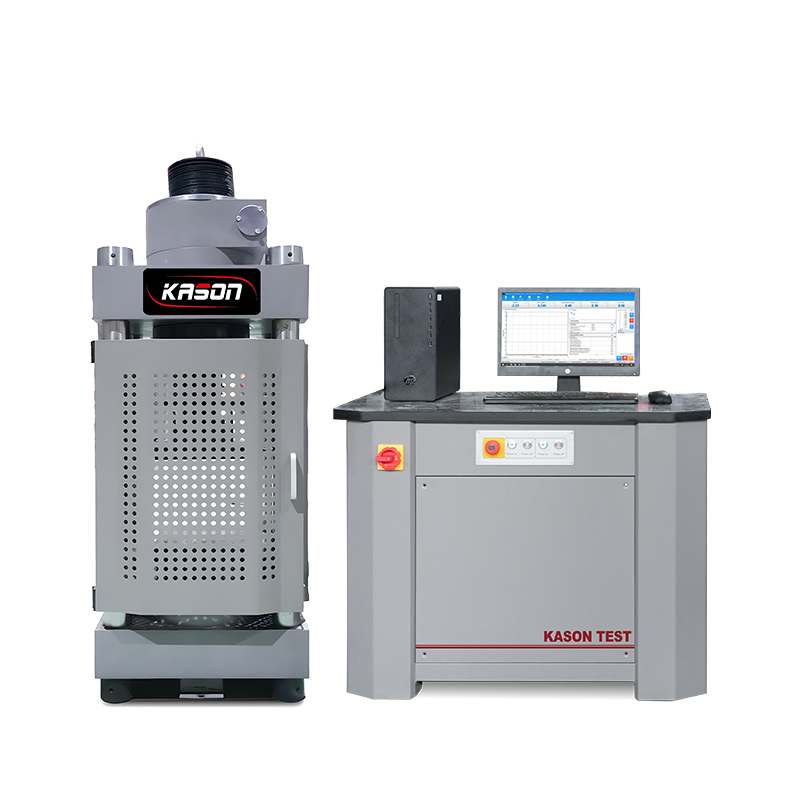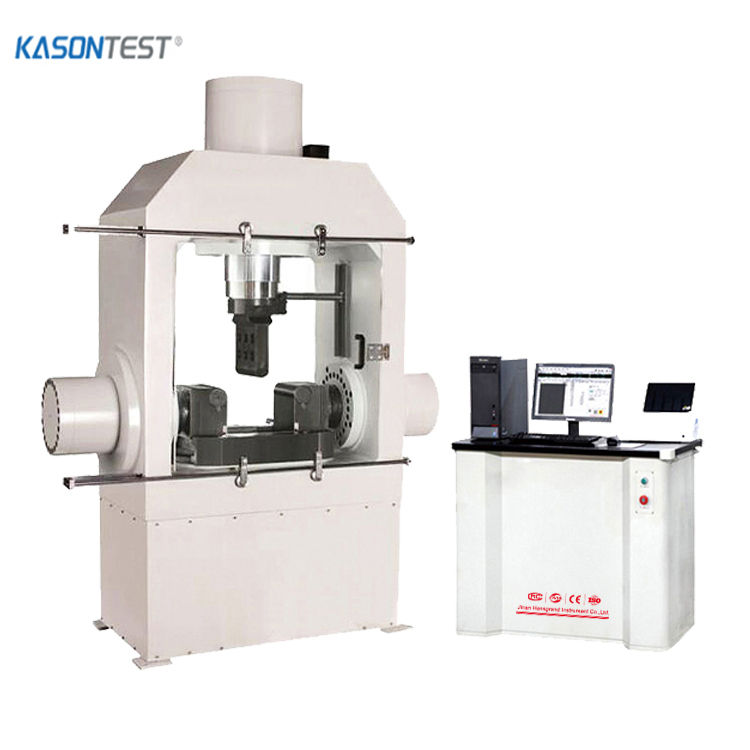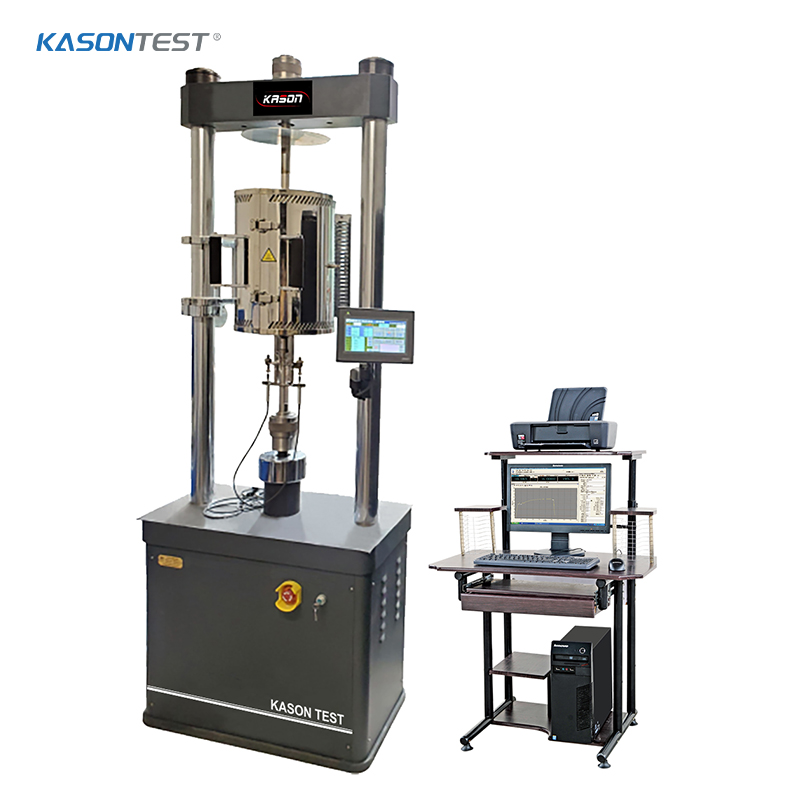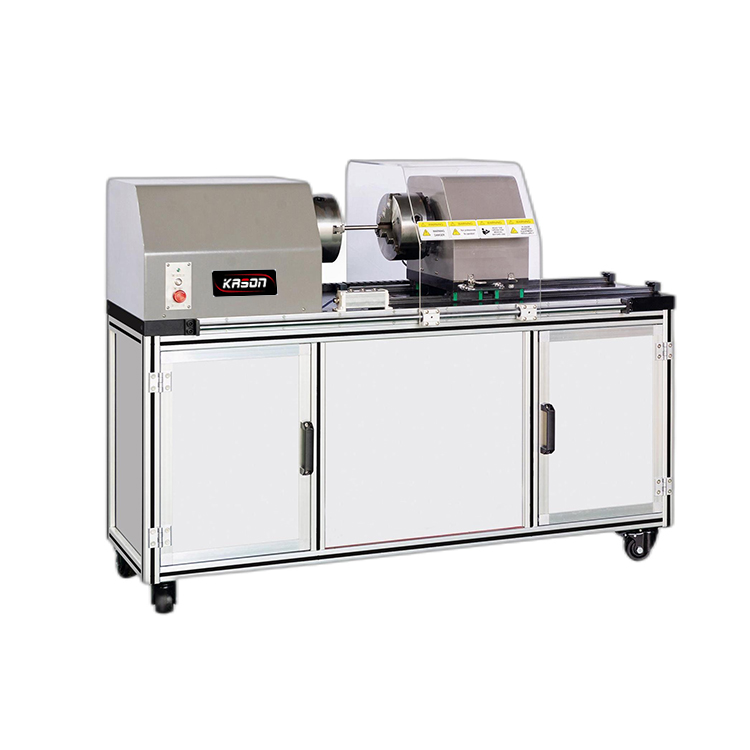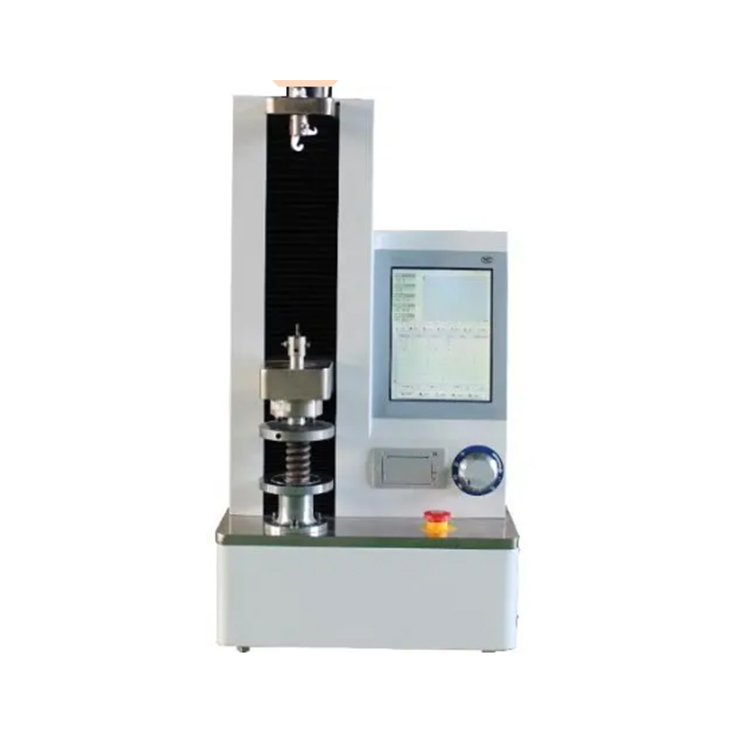Understanding Melt Flow Testing and Its Importance
Melt flow testing is simply a measure of the flow of a polymer when melted. The result of a melt flow test, called the melt mass-flow rate (MFR) or melt volume-flow rate (MVR), is defined as the amount of mass or volume of a polymer that flows through a small die at a specified temperature and pressure.




The melt flow test itself is simple and straightforward. A small amount of a thermoplastic sample (usually in granule or flake form) is heated in a barrel at a specified temperature, melted to a viscous fluid, and is forced out of a capillary die by a piston loaded with dead weights. Once enough sample extrudate has exited the die, it is removed and weighed, or the volume of the sample is measured by the machine.
ASTM D1238 and ISO 1133 are the most common standards for melt flow tests and define the equipment specifications, as well as test methods. Because various temperatures and weights are allowed for melt flow tests (only suggestions for each material type), test parameters always need to be reported with MFR/MVR results.

